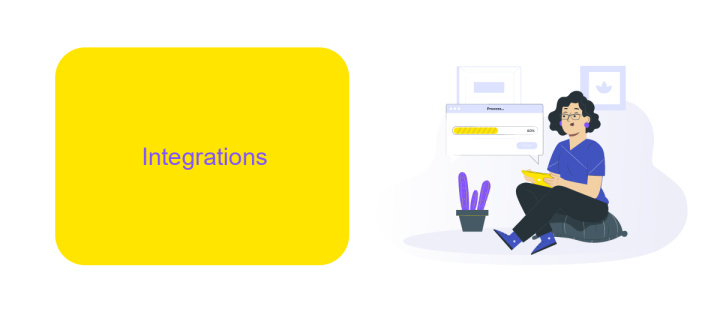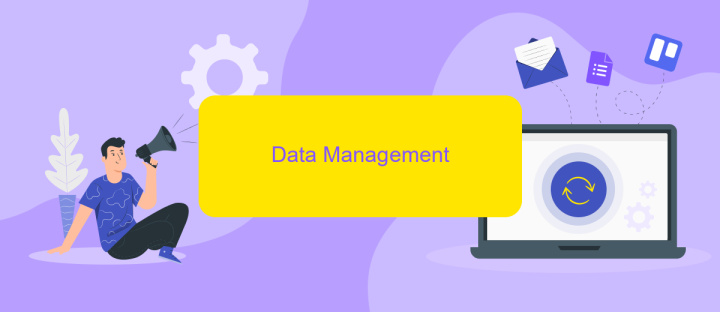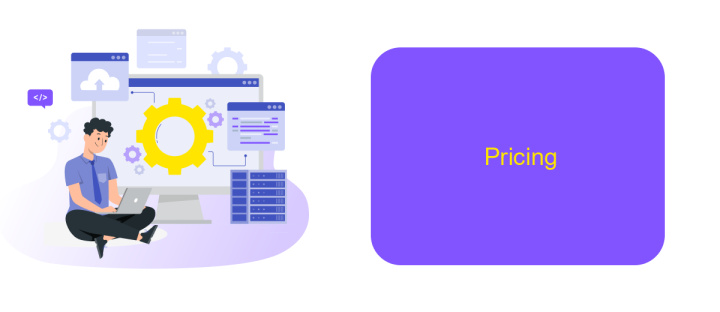Jitterbit Vs Skyvia
When it comes to data integration and automation, choosing the right platform is crucial. Jitterbit and Skyvia are two prominent solutions that offer robust features for connecting various data sources and streamlining workflows. This article delves into a comparative analysis of Jitterbit and Skyvia, examining their functionalities, ease of use, pricing, and overall performance to help you make an informed decision.
Introduction
In today's fast-paced digital landscape, businesses increasingly rely on integration platforms to streamline operations and enhance data connectivity. Two prominent players in this field are Jitterbit and Skyvia, each offering unique features and capabilities to meet diverse integration needs. Choosing the right platform can significantly impact your business efficiency and data management strategies.
- Jitterbit: Known for its robust API management and data transformation capabilities.
- Skyvia: Offers no-code data integration with cloud-based solutions and a user-friendly interface.
- ApiX-Drive: Simplifies integration with an intuitive setup, making it accessible for non-technical users.
This article aims to provide a detailed comparison of Jitterbit and Skyvia, highlighting their strengths and weaknesses to help you make an informed decision. Additionally, we'll touch upon how ApiX-Drive can complement these platforms by offering easy-to-use integration solutions. Whether you're a small business or an enterprise, understanding these tools will empower you to optimize your data workflows effectively.
Integrations

Jitterbit and Skyvia both offer robust integration capabilities, but they cater to different needs and use cases. Jitterbit excels in providing a comprehensive integration platform with advanced features for data transformation, API management, and workflow automation. It supports a wide range of applications and data sources, making it ideal for enterprises that require complex integrations and high customization. Jitterbit's intuitive interface and pre-built templates simplify the integration process, enabling users to connect disparate systems quickly and efficiently.
Skyvia, on the other hand, is a cloud-based data integration service that focuses on ease of use and simplicity. It offers a user-friendly interface and straightforward setup, making it accessible for small to medium-sized businesses that need to integrate cloud applications and databases without extensive technical knowledge. Skyvia supports various data integration scenarios, including data import, export, replication, and synchronization. For those looking for an alternative, ApiX-Drive also provides a seamless way to connect multiple applications and automate workflows, enhancing productivity and ensuring data consistency across platforms.
Data Management

When it comes to data management, both Jitterbit and Skyvia offer robust solutions tailored to meet diverse business needs. Jitterbit excels in providing advanced ETL (Extract, Transform, Load) capabilities, enabling seamless data integration across various platforms. Skyvia, on the other hand, stands out with its user-friendly interface and versatile data synchronization and backup features.
- Data Integration: Jitterbit allows for complex data transformations and real-time data integration, making it ideal for large enterprises with intricate data workflows.
- Data Synchronization: Skyvia offers a more straightforward approach, allowing users to easily synchronize data between cloud services and databases without extensive technical knowledge.
- Backup and Restore: Skyvia includes robust backup and restore functionalities, ensuring that your data is always safe and recoverable with minimal downtime.
- API Integration: Both platforms support API integration, but Jitterbit provides more advanced API management features, making it suitable for complex API ecosystems.
For businesses looking for a simpler yet effective solution, ApiX-Drive can be a valuable alternative. It offers easy-to-use tools for connecting various applications and automating workflows without requiring extensive coding skills. Whether you choose Jitterbit, Skyvia, or ApiX-Drive, it's essential to evaluate your specific data management needs to ensure you select the right tool for your organization.
Pricing

When comparing the pricing of Jitterbit and Skyvia, it's essential to consider the specific needs and scale of your integration projects. Jitterbit offers a more enterprise-focused pricing model, which can be quite flexible but may also be on the higher end for smaller businesses. Skyvia, on the other hand, provides a more straightforward and transparent pricing structure, making it more accessible for small to medium-sized enterprises.
Jitterbit's pricing is generally based on the number of endpoints, data volume, and additional features required, which can lead to a customized quote. Skyvia offers tiered pricing plans that are easy to understand and predict, with options ranging from free to premium, depending on the level of usage and features needed.
- Jitterbit: Custom pricing based on enterprise needs
- Skyvia: Transparent tiered pricing plans
- ApiX-Drive: Affordable plans for seamless integrations
For businesses looking for a more cost-effective solution, ApiX-Drive can be a great alternative. It offers affordable plans that cater to various integration needs, ensuring seamless data flow without breaking the bank. This makes it an excellent choice for startups and small to medium-sized businesses looking to optimize their operations.
Conclusion
In comparing Jitterbit and Skyvia, both platforms offer robust solutions for data integration and automation, catering to diverse business needs. Jitterbit excels with its powerful API management and extensive customization capabilities, making it ideal for enterprises with complex integration requirements. On the other hand, Skyvia provides a more user-friendly interface and seamless cloud-to-cloud integrations, appealing to businesses that prioritize ease of use and quick deployment.
Ultimately, the choice between Jitterbit and Skyvia depends on your specific business needs and technical expertise. For those seeking an alternative that combines ease of use with powerful integration capabilities, ApiX-Drive is worth considering. ApiX-Drive offers a straightforward setup process and supports a wide range of applications, making it a versatile option for businesses aiming to streamline their workflows without extensive technical overhead. By evaluating your unique requirements, you can select the most suitable platform to enhance your data integration and automation efforts.


FAQ
What are the primary differences between Jitterbit and Skyvia?
Which platform is more cost-effective for small businesses?
Can both platforms handle real-time data synchronization?
How easy is it to set up integrations on Jitterbit vs. Skyvia?
Are there alternatives to Jitterbit and Skyvia for business automation and integration?
Strive to take your business to the next level, achieve your goals faster and more efficiently? Apix-Drive is your reliable assistant for these tasks. An online service and application connector will help you automate key business processes and get rid of the routine. You and your employees will free up time for important core tasks. Try Apix-Drive features for free to see the effectiveness of the online connector for yourself.

